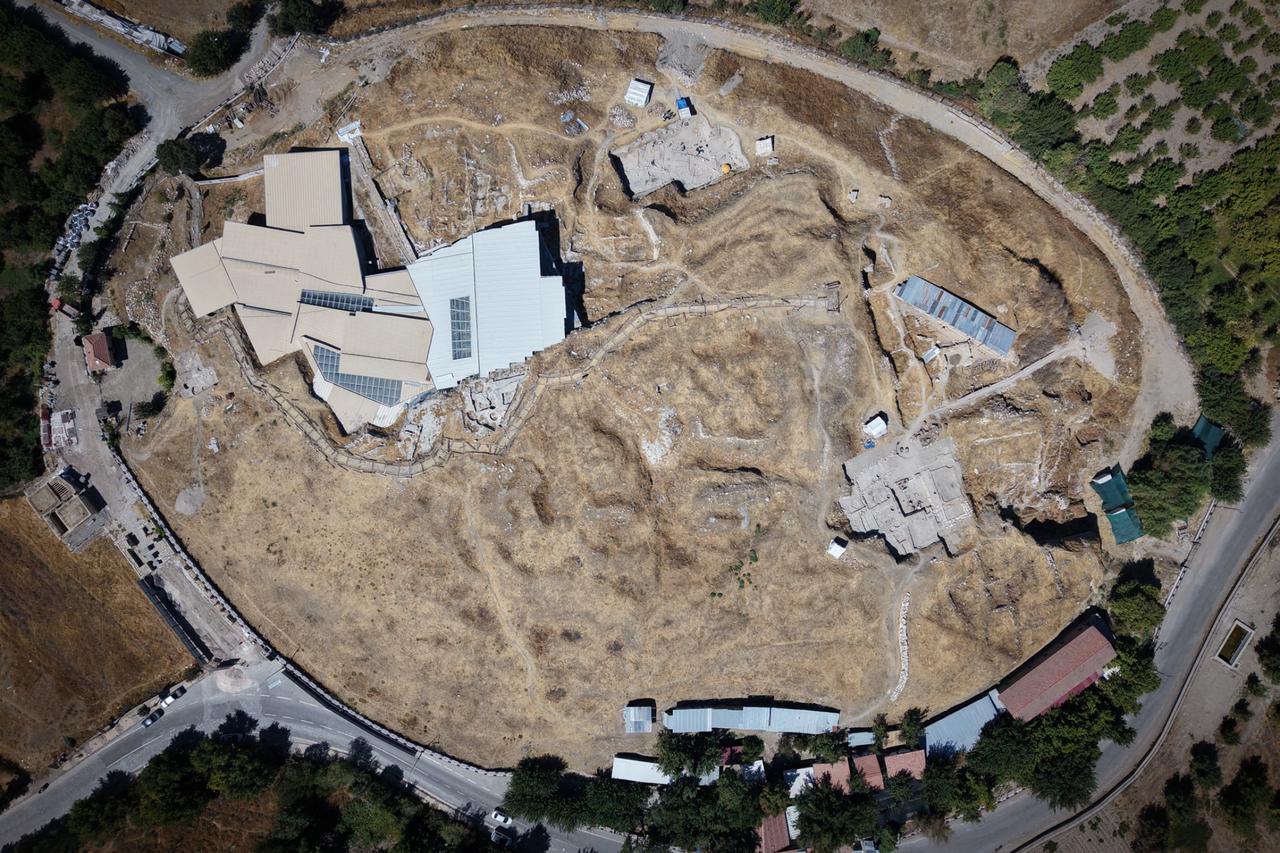
Arslantepe Hoyuk (Mound) in Malatya, a UNESCO World Heritage site and widely recognized as the birthplace of the first city-state in Anatolia, continues to shed light on how early state systems emerged.
Excavations at the 7,000-year-old mound, located on the western banks of the Euphrates River in Battalgazi district, are revealing the roots of political authority, bureaucracy, and social hierarchy.
The first archaeological work at Arslantepe began in 1932 under French archaeologist Louis Delaporte. French teams led the effort for nearly three decades until scholars from Sapienza University of Rome took over in 1961.
Over the course of a century, researchers have uncovered layers dating from the Late Chalcolithic period to the Iron Age, showing that the site was home to multiple civilizations across millennia.
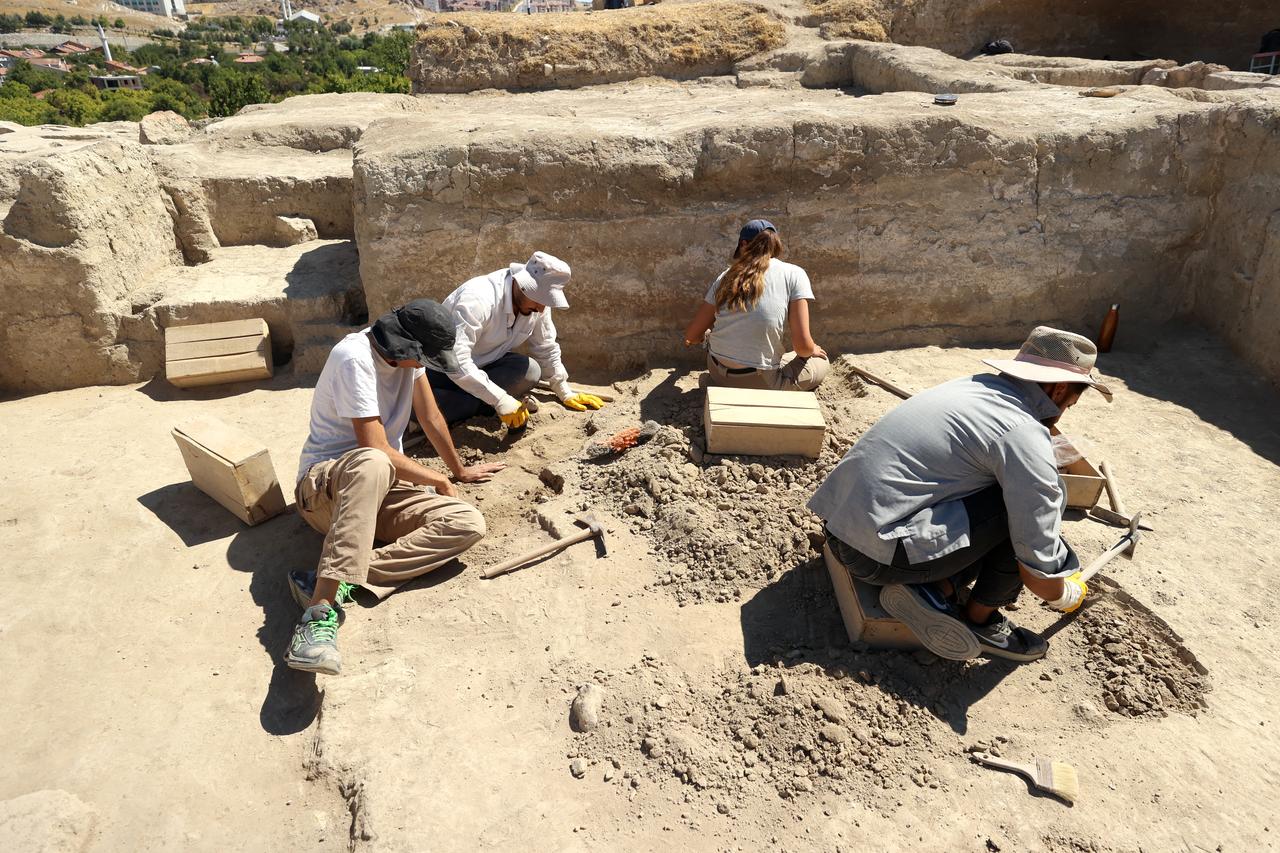
Archaeologists have long viewed Arslantepe as a key site for understanding the origins of state systems. Excavations have revealed a monumental mudbrick palace that served as the administrative center of early rulers. In 2021, researchers uncovered a 5,625-year-old temple with 250 seal impressions—physical evidence of administrative control and recordkeeping.
Elsewhere in the palace, discoveries of two spears and nine swords, three of them decorated with silver inlays, stand as some of the earliest known examples of organized weaponry. These finds are considered vital proof of a society developing military structures alongside bureaucracy.
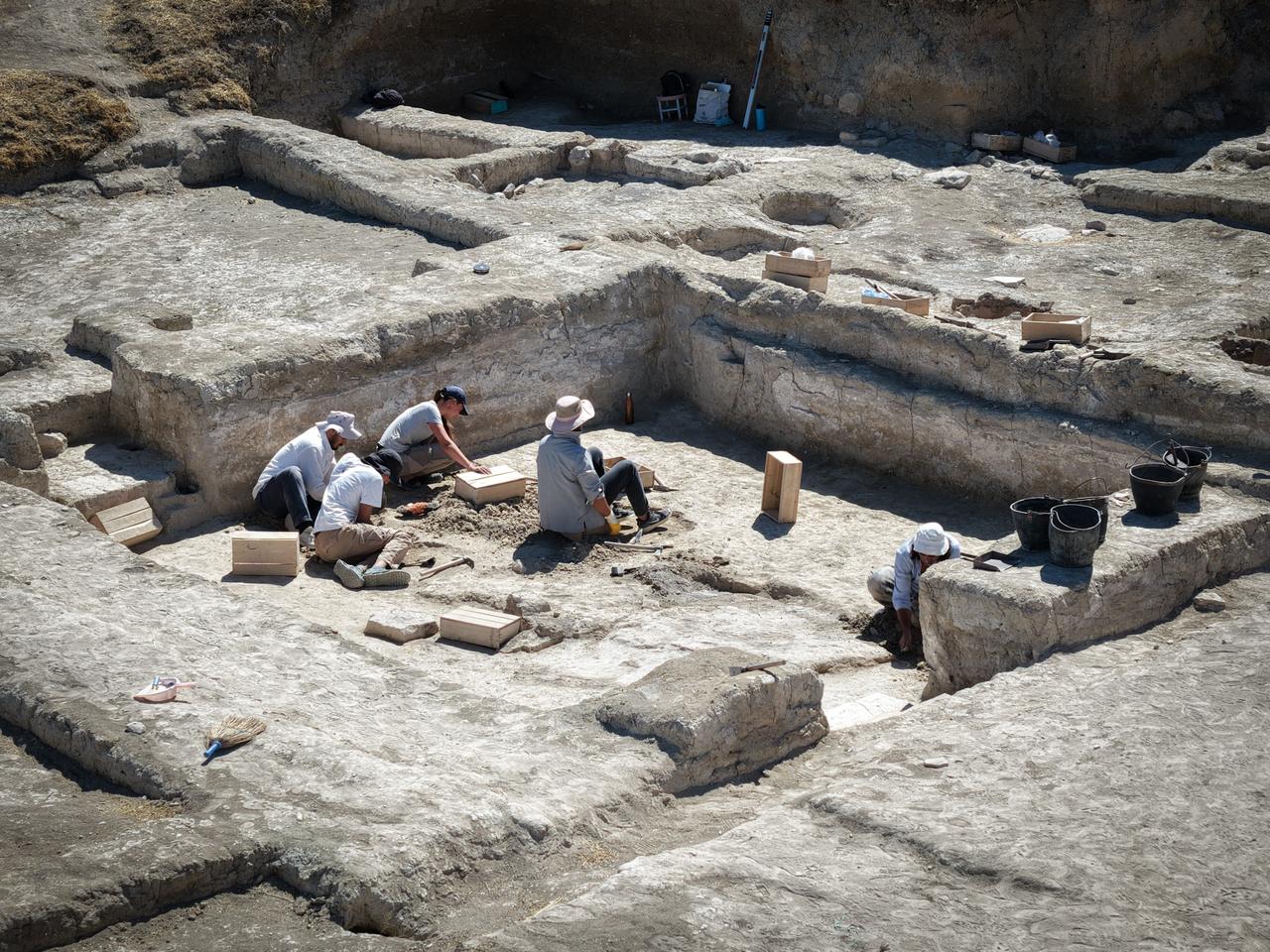
The palace itself, once stretching over 400 square meters, had walls originally rising 10 meters, though only 2.5 meters remain today. Within its rooms, archaeologists have unearthed thousands of artifacts that reflect both daily life and administrative functions. Among them were sealed clay containers and stamped tokens, which acted as receipts for distributing meals to workers and officials.
Each worker received food in vessels sealed with clay, and more than 3,000 such sealed receipts have been recovered. Researchers identified 250 distinct seals, suggesting that at least 250 officials and laborers were registered within the system. These administrative records offer a unique glimpse into how resources were controlled, distributed, and accounted for in one of the earliest bureaucratic states.
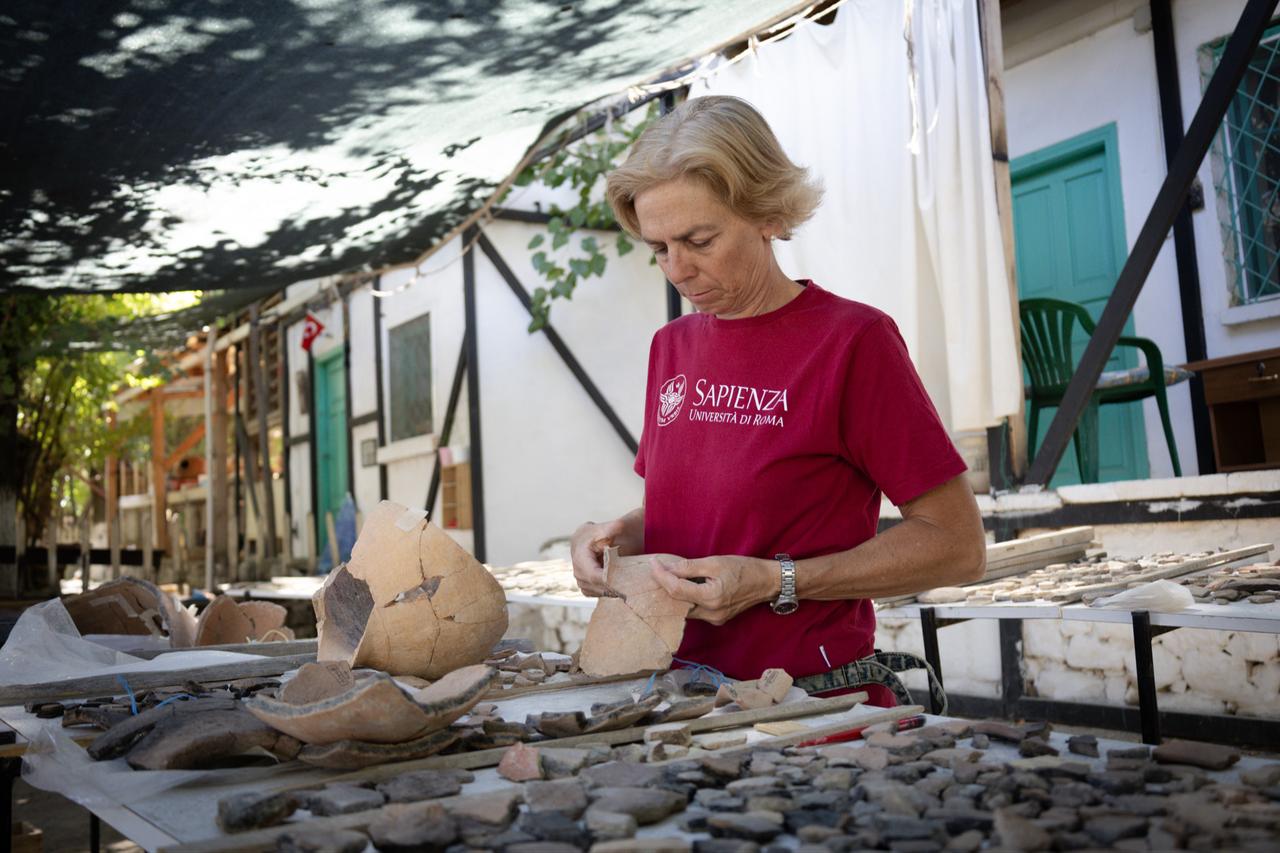
Professor Francesca Balossi Restelli, head of the Arslantepe excavation team, noted that she has been part of the project for nearly 30 years. She recalled that on her very first day as a student, a royal tomb was discovered. Since then, she said, “Every year Arslantepe Hoyuk produces something remarkable. These finds tell us about prehistoric Anatolia and the rise of social complexity.”
Restelli emphasized that visitors to Arslantepe can see the oldest known palace in the world, a structure that encapsulates the story of early hierarchy, kingship, and bureaucracy. She added that archaeologists now know what took place in each room, how food was distributed, and how officials documented every transaction, leaving behind a vast archive of stamped receipts.
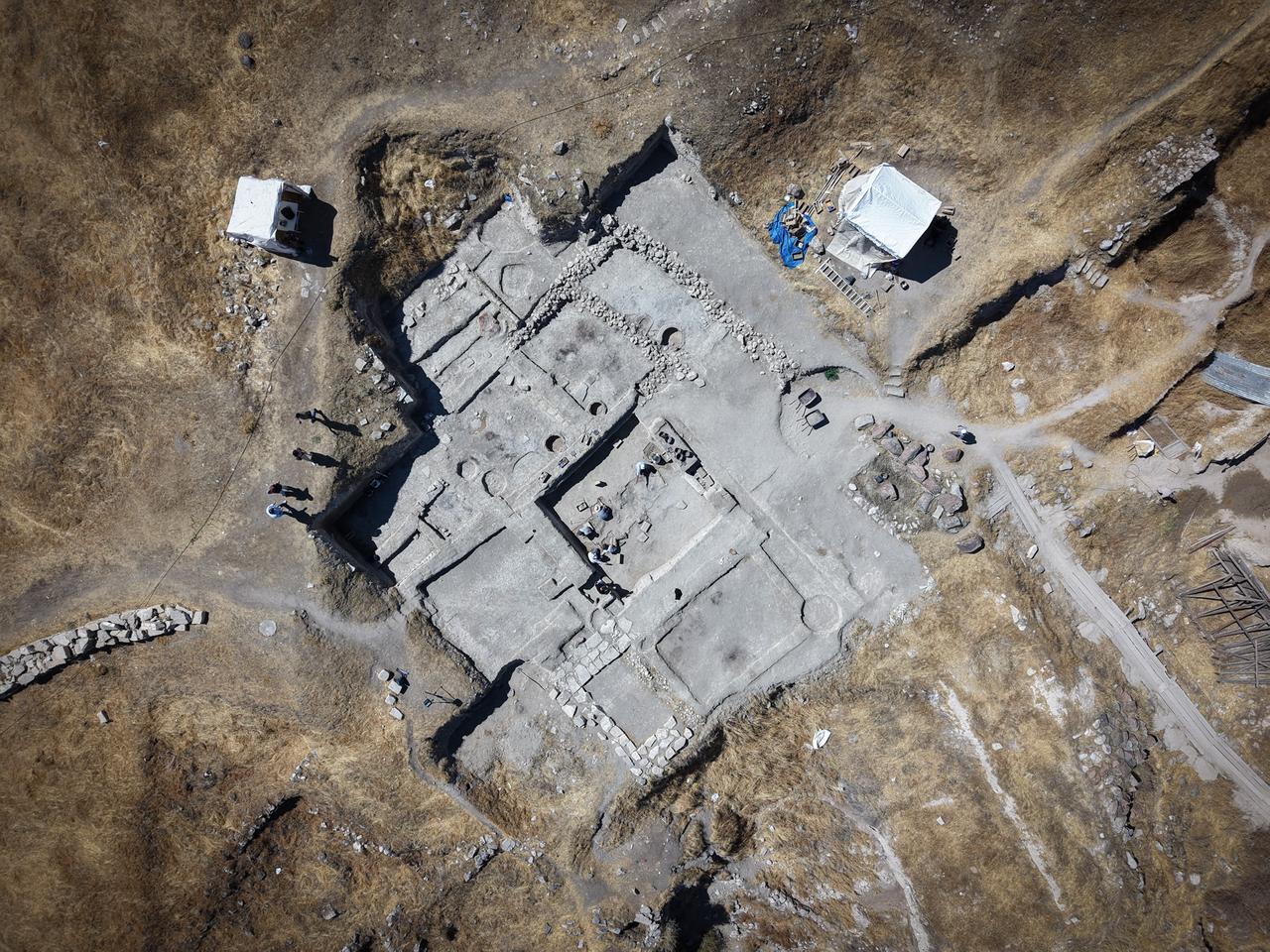
With its lion statues, toppled king sculpture, drainage infrastructure, and more than 3,000 seals, Arslantepe presents one of the clearest pictures of how human communities transitioned into structured states.
For scholars and visitors alike, the site continues to unlock the codes of civilization’s first experiment with organized governance.